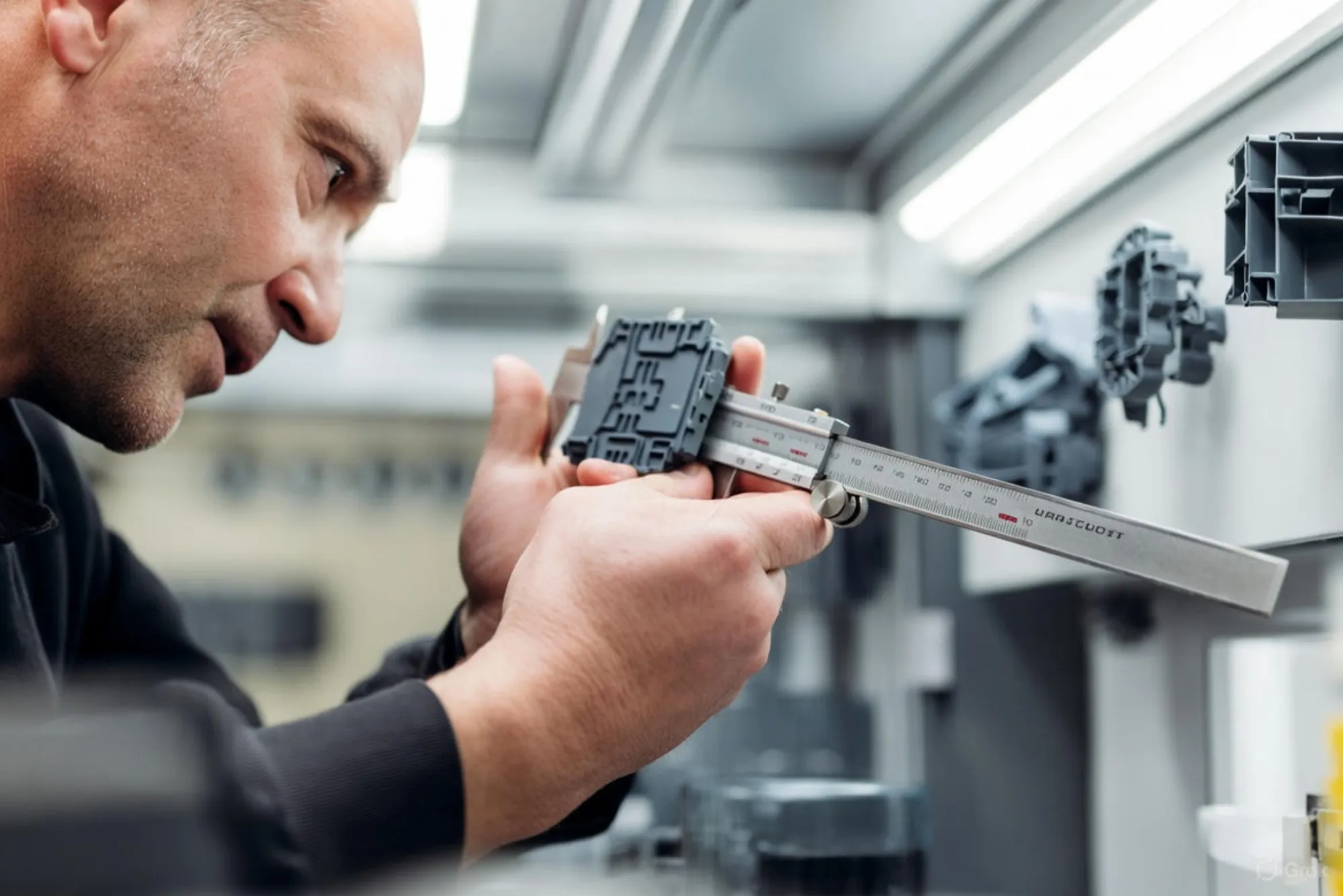Transurethral Resection of the Prostate (TURP) is a widely performed surgical procedure that provides relief for men suffering from Benign Prostatic Hyperplasia (BPH). BPH is a non-cancerous enlargement of the prostate gland that can cause difficulty in urination, frequent nighttime urination, and a weak urine stream. TURP is considered the gold standard for treating moderate to severe cases of BPH when medication and lifestyle changes fail to provide sufficient relief. By understanding how TURP surgery works and its benefits, men can make informed decisions about their treatment options.
Understanding BPH and Its Impact on Health
BPH occurs when the prostate gland enlarges, putting pressure on the urethra and obstructing urine flow. This condition is common in men over the age of 50 and can significantly affect their quality of life. Symptoms include urinary urgency, incomplete bladder emptying, and straining while urinating. If left untreated, BPH can lead to complications such as urinary retention, bladder infections, and kidney damage. Seeking timely BPH treatment is essential for managing symptoms and preventing severe complications.
What is TURP Surgery?
TURP is a minimally invasive surgical procedure designed to remove excess prostate tissue that is blocking urine flow. The procedure is performed using a resectoscope, a thin tube with a camera and an electrical loop, which is inserted through the urethra to carefully trim away the enlarged prostate tissue. This allows urine to flow more freely, reducing the symptoms of BPH.
Benefits of TURP Surgery
Improved Urine Flow
One of the most significant benefits of TURP surgery is the immediate improvement in urine flow. Patients who undergo the procedure typically experience reduced urinary urgency, better bladder emptying, and fewer nighttime trips to the bathroom.
Long-Lasting Relief
Unlike medications that require continuous use, TURP provides long-term relief from BPH symptoms. Most patients enjoy several years of symptom-free life before any further treatment is needed.
Minimally Invasive Procedure
Since TURP is performed through the urethra, there are no external incisions, reducing the risk of infection and promoting faster recovery. Most patients stay in the hospital for one to two days and can resume normal activities within a few weeks.
Recovery Process After TURP Surgery
The recovery period after TURP surgery varies from person to person. Initially, a catheter is placed to assist with urination while the urethra heals. Some patients may experience mild discomfort, urinary urgency, or blood in the urine, but these symptoms typically subside within a few weeks.
To ensure a smooth recovery, patients should:
- Drink plenty of fluids to flush out the bladder.
- Avoid heavy lifting and strenuous activities for a few weeks.
- Follow post-operative care instructions provided by their doctor.
Alternative Treatments for BPH
For men who are not candidates for surgery or prefer non-surgical options, medications can help manage BPH symptoms. Some of the best medicines for BPH include alpha-blockers and 5-alpha reductase inhibitors, which work by relaxing prostate muscles and reducing the size of the gland over time.
Choosing the Right BPH Treatment
Selecting the best treatment for BPH depends on several factors, including the severity of symptoms, overall health, and personal preferences. Patients should discuss all available options with their urologist to determine whether TURP or another treatment method is most suitable for their condition.
For more insights on health and wellness topics, visit Noval City. Stay informed about the latest medical advancements and lifestyle tips to improve overall well-being.




